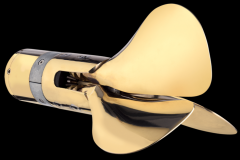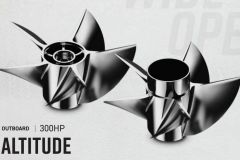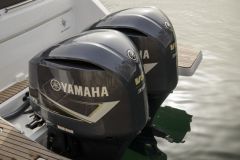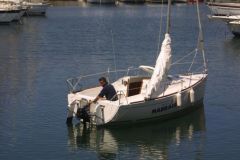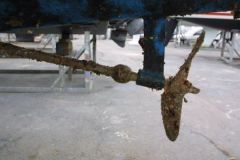You just had to think about it. Just imagine that by creating a lever arm between the center of thrust of the blade and the hub axle, we were going to create a propeller with an automatically adjustable pitch. The Bruntons' English succeeded in developing it: they created the Autoprop propeller.
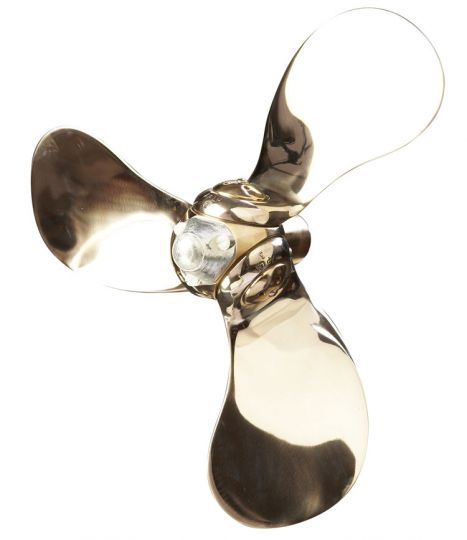
A self-variable step
Autoprop is a folding propeller with "auto variable" pitch. When adapting a fixed propeller, one chooses the pitch according to the engine and the performance one expects (speed or traction). Some propellers have a variable pitch that can be adjusted. The incredible Autoprop propeller, by its design, has a pitch that adjusts itself automatically.
The 3 blades of the Autoprop are completely free. They rotate on shafts fitted with sealed bearings. Depending on the speed of the water on the blade, the blade automatically angulates to offer the best torque. The plane of the blade is offset from the hub axis. It adapts itself according to its support on the water running around it.

Fuel savings
While a fixed propeller is defined for the maximum speed the engine can take, it is not efficient at cruising speed. With Autoprop, the torque is maximum at all speeds. So on a sailboat with the Autoprop, if you are looking for a cruising speed of 6 knots for example, the engine will turn about 500 rpm less than with a conventional propeller (for the same speed). This difference in rpm is clearly reflected in the fuel consumption.
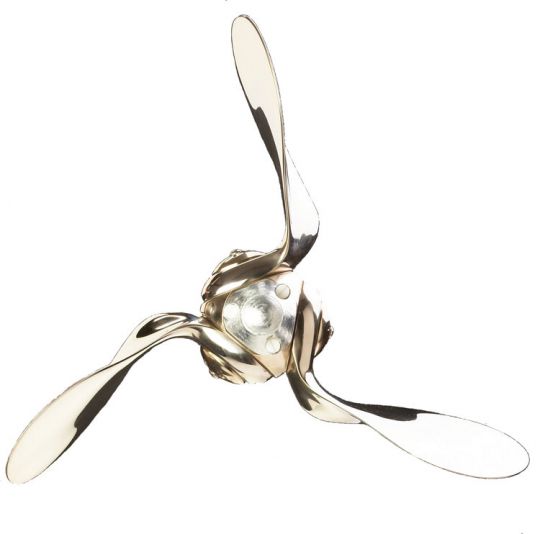
A feathering
The propeller blades are completely free, they turn over when you go in reverse and feather if the drive shaft is blocked (when sailing).
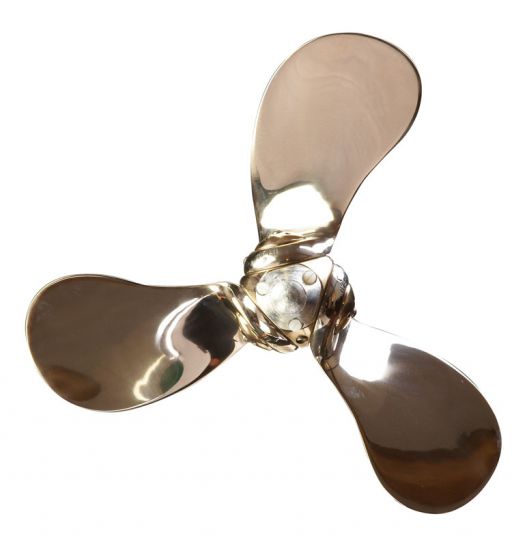
Performance for sail + motor
This propeller is just as powerful when you want to sail, supported by the engine. Indeed with a fixed propeller, if you sail at 3N and you want to accelerate, you must already accelerate the engine to turn at this speed (3N) and then take more turns to increase the speed of the boat. This is not the case with the Autoprop, since it shifts its pitch according to the speed of the water on its blades. As soon as the engine is engaged, even at low rpm, it offers its maximum torque.
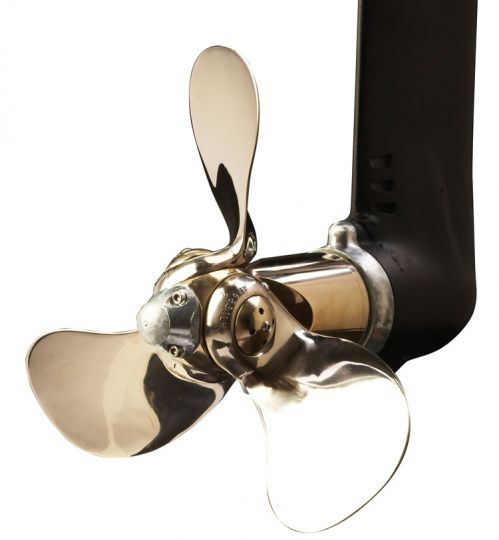
Tested and approved
Autoprop has been fitted as standard on Amel yachts since 1996. It is also the preferred propeller for sailboats sailing in ice. Indeed, as its pitch adapts, it is always as efficient as ever if the yacht gets heavier while pushing growlers. Monohull or catamaran, the propeller fits all hulls from 30 to 60 feet.
Some motorboat users, especially on long-distance trawlers, also adopt this propeller (but more rarely). In the case of twin-engine boats, its automatic adaptation is also very much appreciated.
Ideal for electric propulsion
An electric motor has a constant torque. So does the Autoprop propeller! That's why the two work very well together. In addition, for regeneration mode under sail, simply leave the propeller shaft free for pitch and it automatically adjusts for maximum load. CQFD!
Imported by Wenex
Wenex specializes in large boat propulsion. Discovering this propeller made in England in 2000, this company has specially created a yachting department to distribute this revolutionary product. Each propeller is calculated on demand according to the characteristics of the engine (power, maximum speed, torque curve and gearbox). The shape and weight of the boat are of little importance for Autoprop.


